Day 42 - The Chūgoku 33 Temple Kannon Pilgrimage, Japan - Walking From Maji To Kute


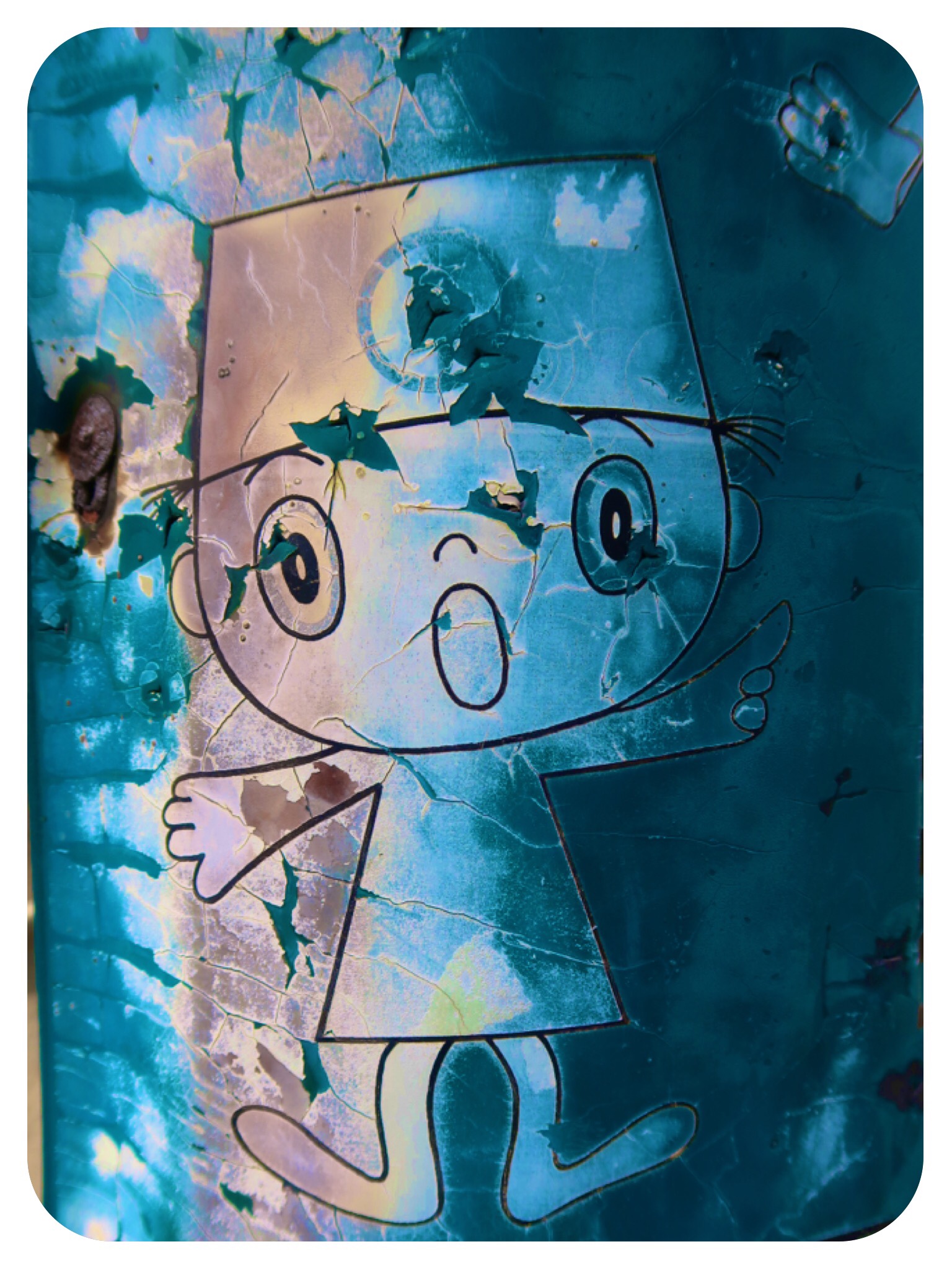



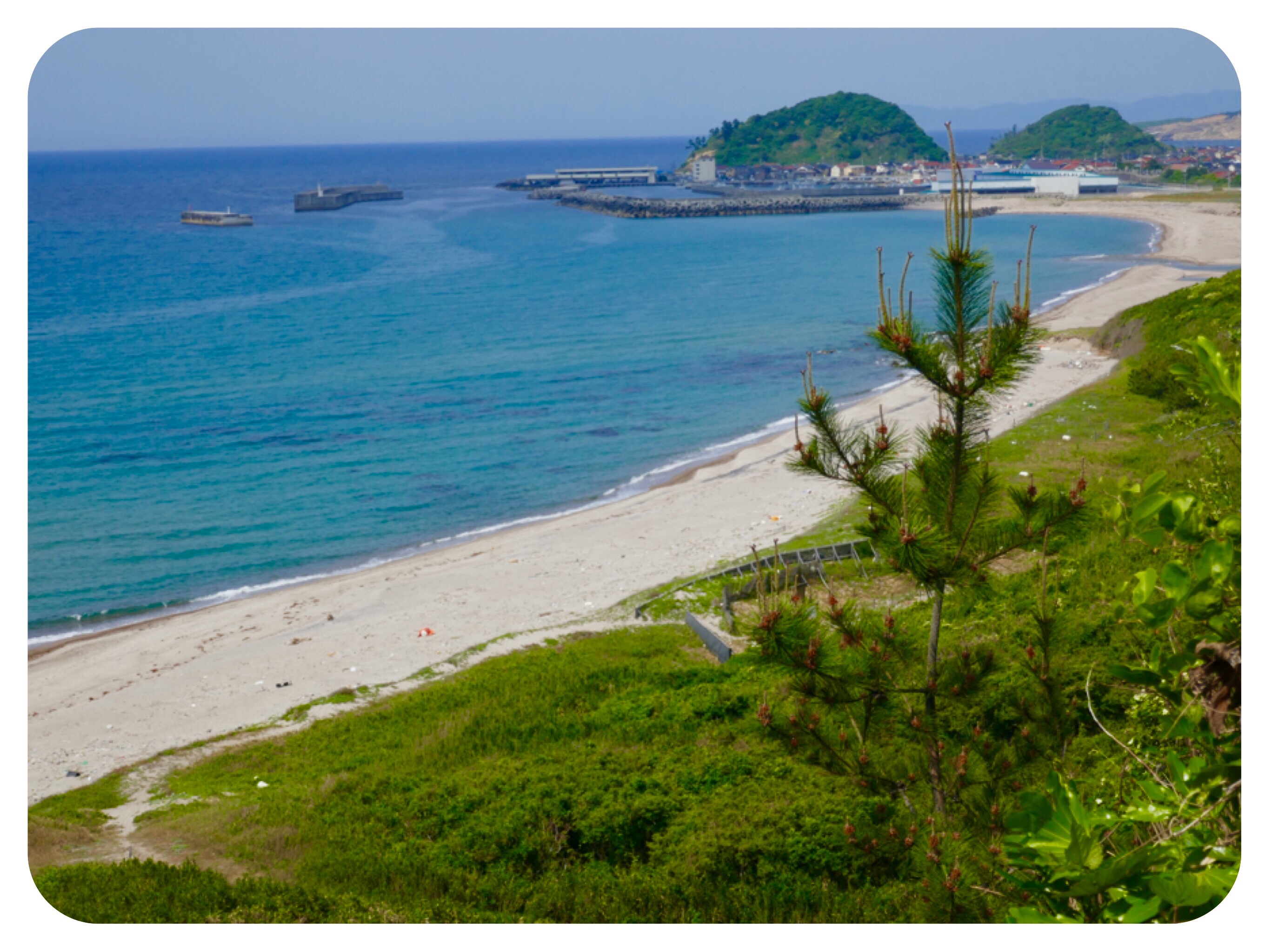




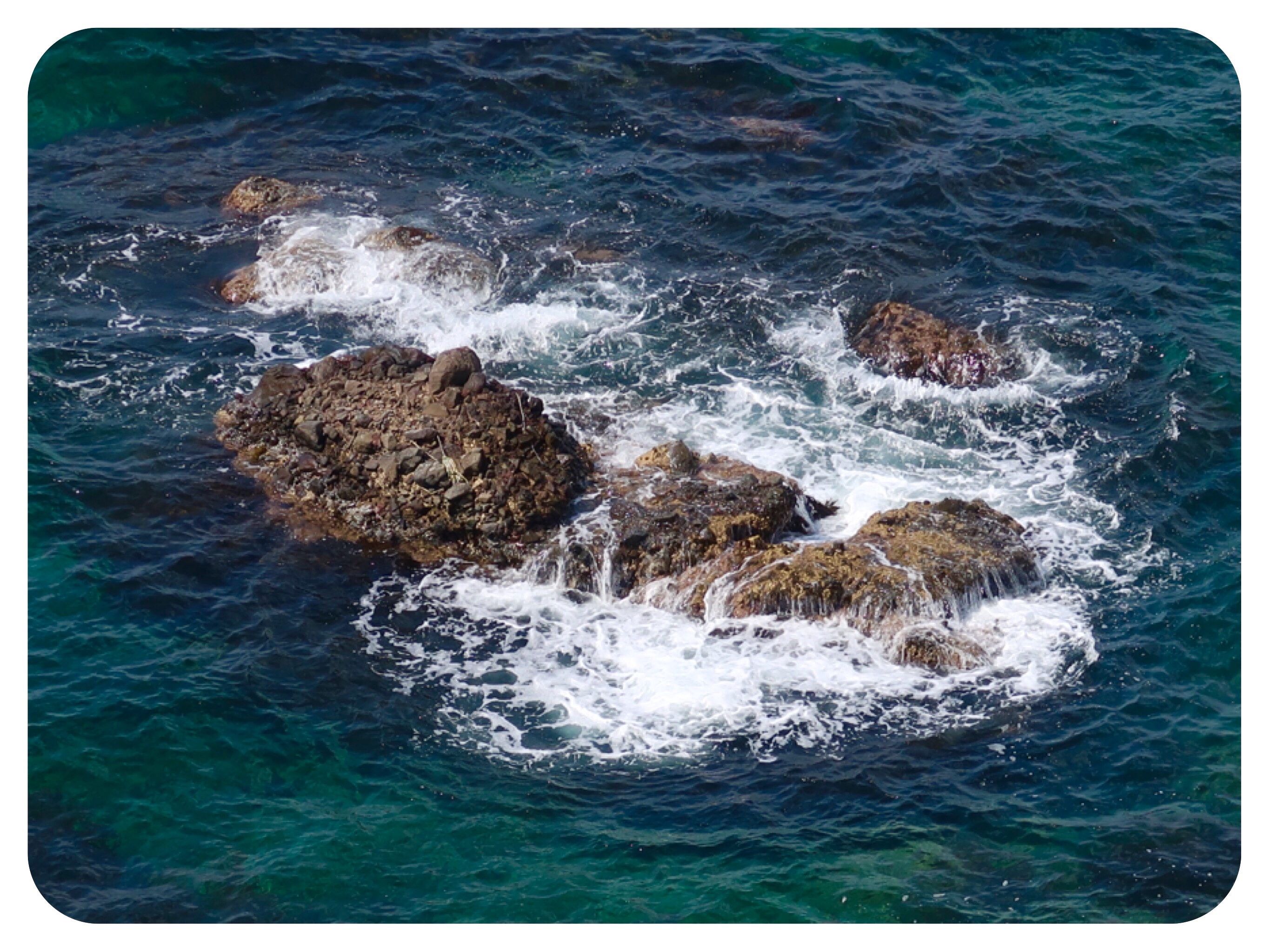
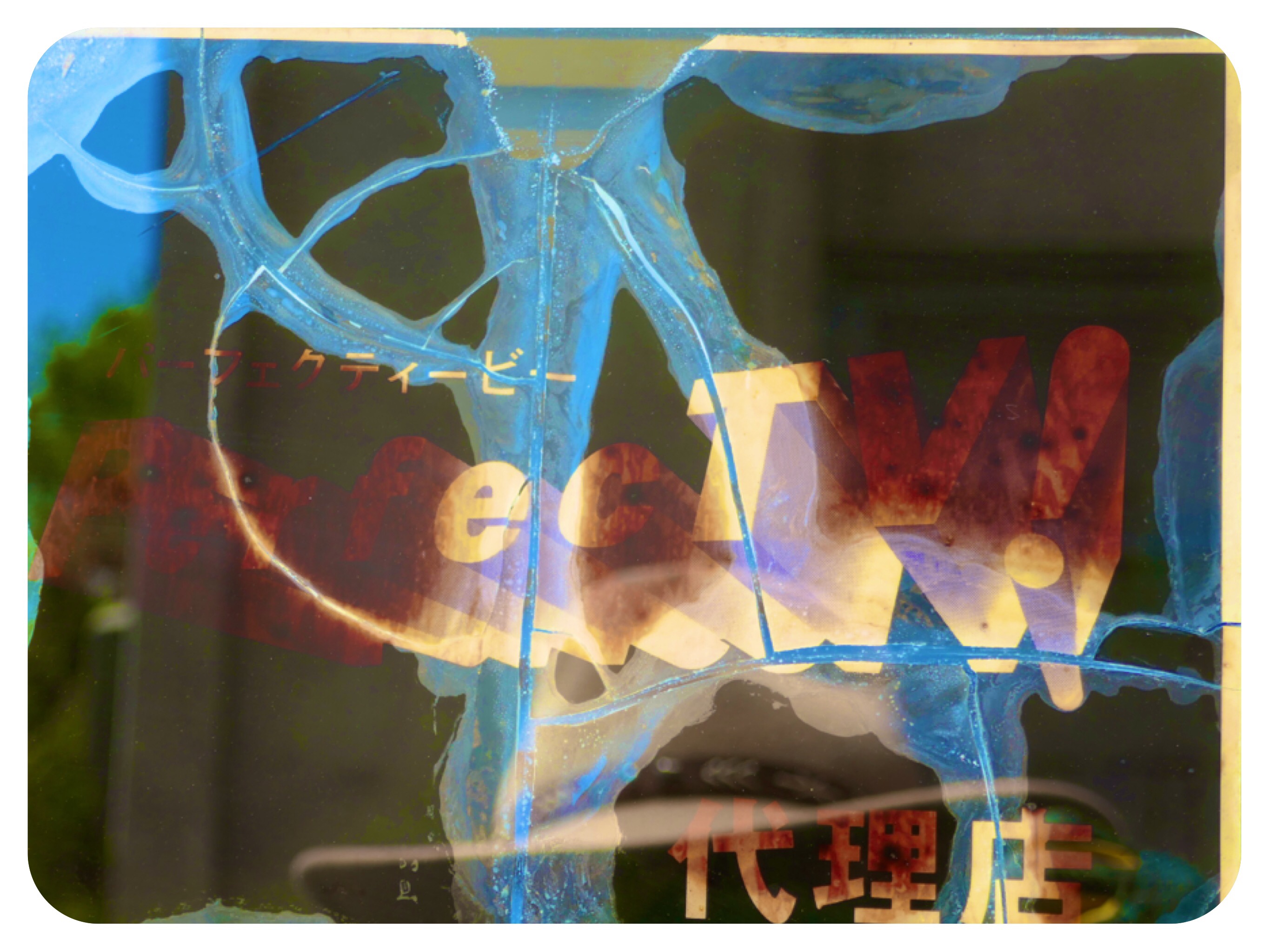



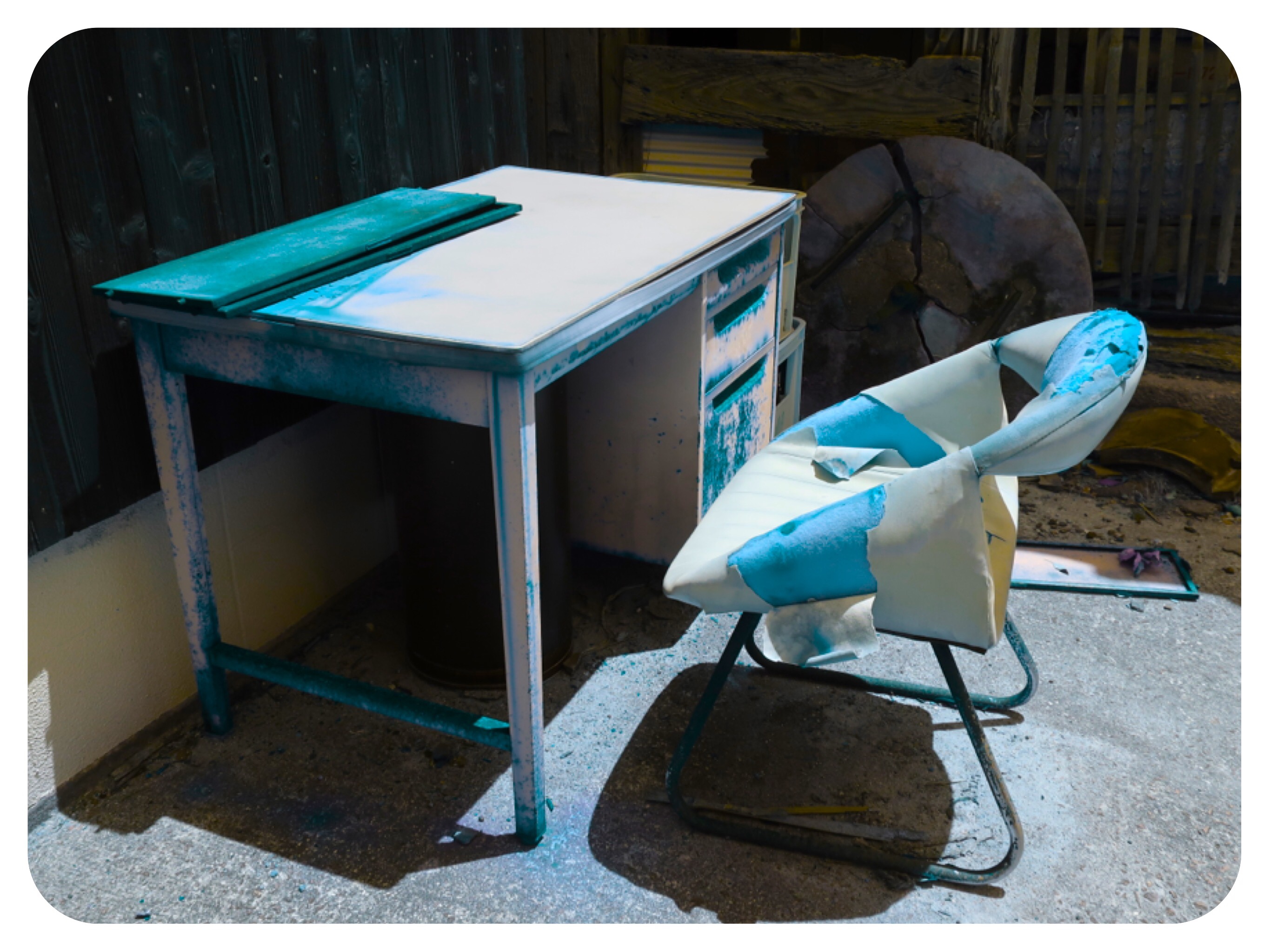








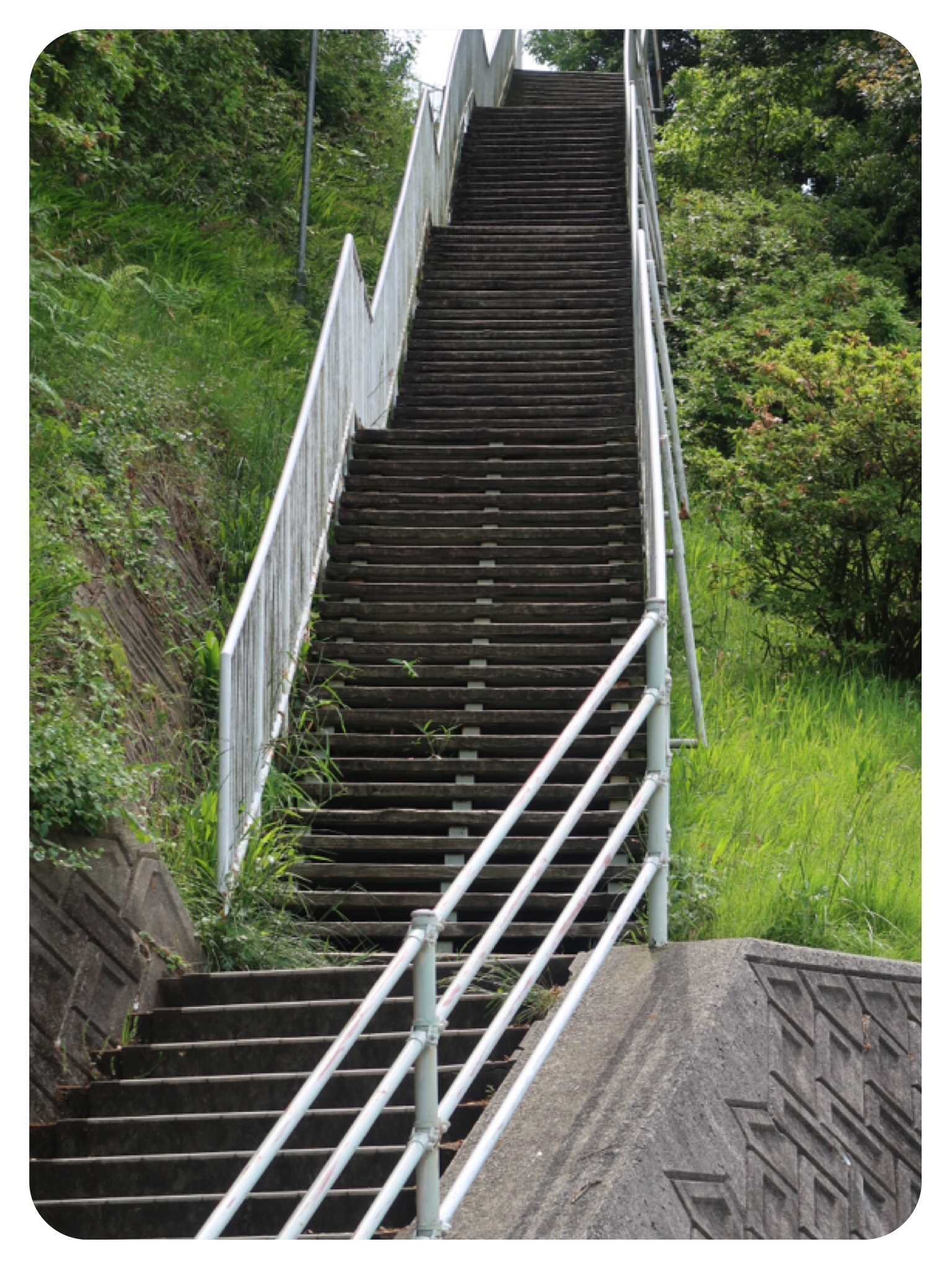

Day 42 - The Chūgoku 33 Temple Kannon Pilgrimage, Japan - Walking From Maji To Kute
We are continuing to walk north, breaking up the long distance to Izumo, where our next temples are located.
We woke up today to a beautiful day.
The skies were clear, and in the early morning, it was not yet hot.
We got off the train at Maji, and began walking north.
Maji is a small fishing village.
Houses had surfboards in their open garages, and the pleasant smell of salt air permeated my lungs.
The houses were wooden with tile roofs, although here and there you can see some prefabricated houses starting to replace the charming, old adobe and bamboo walled houses.
The villages we passed through no longer have many open stores.
If the village is lively, there is usually a fish store, a liquor store, a beauty salon, and a grocery shop.
This is the new landscape of rural Japan.
The villages have the remains of older houses that no longer have any resale value, and are slowly falling apart from lack of care.
The aging population is not being replaced by the younger generation, because younger people prefer to live in vibrant metropolitan areas, mainly in Tokyo.
In the town of Nima, we stopped to check the bus schedule about the possibility of going to visit Iwami Ginzan.
Iwami Ginzan is a World Heritage silver mining town.
There is also a Buddhist temple there called Rakanji, which has a collection of 500 Arahats, or as they are called in Japan, Rakans.
The bus schedule did not look very convenient, considering that we would have had to arrive in Nima by train and then take the bus, and then reverse our steps.
Jules was willing to do anything, but I was thinking that maybe we can travel from Odashi, which gas a better bus schedule.
Today, we were not very lucky with finding lovely cafés to rest in.
The only “café” we found to be open, was inside a fugu (puffer fish) restaurant, which sold a huge array of fugu products.
They even had packages of only the fins of this small fish, which I find hard to believe are tasty.
We ordered an iced coffee for Jules and an iced matcha for me.
The drinks were not great, but the place was air conditioned, the seating area was spacious and they had clean toilets.
A successful restful place, and we were grateful for it!
Our lunch today was the fruit and nuts that we had brought with us.
There was no shaded bench, so we merely sat on the front porch of an abandoned house in the shade.
We split the grapefruit, had 2 bananas each and some nuts.
This is the ideal lunch for a hot day of hiking, as it is naturally sweet and satisfying without leaving us feeling too heavy.
As we walked away from the coast, we joined Route 9, which paralleled the railroad line.
Whenever we can, we choose to walk on narrow, quiet roads through the surrounding mountains.
We passed many farming and fishing villages, which made the walk a very pleasant one.
We made a detour to see a rock cave by the sea, which included climbing many stairs and a long walk along the coast that was out of our way.
The cave is called “Shizu No Iwaya” and it is believed to be the home of a mythical spirit.
It is a sign that we are getting stronger, that we are willing to climb and walk longer than needed, just to see a cave and more views of the sea from a mountain.
On the curves of the road, we met two older ladies, who were driving around to see the sights.
They told us that the roads here were so steep and so narrow, that they felt afraid to drive.
Instead, they had parked their car and walked a short distance.
Jules told them that we are walking the whole Chugoku region, from Bizen to Tottori.
They could not believe their ears, and said it must be so difficult since it is so mountainous, so long and so hot.
The truth is that now that we are adjusted to living from a small backpack, roaming around all day in all kinds of weather no longer feels hard to do.
In fact, it feels a bit cushy and easy.
After all, walking should not be hard for us humans.
It is only hard to be on our feet all day because we are out of shape, we are centered on careers, we over indulge, and we value what is not so good for us.
What we think, and believe we can do, becomes the limits of our reality.
I subscribe to the blog of a guy who hikes all over the world.
He walks 38-40 Kilometers daily, camps outdoors and carries all of his sleeping gear, food and water for days until he gets a chance to resupply.
He goes without bathing until he reaches a motel on the road.
Compared to him, I feel that Jules and I are on a luxury vacation.
We walk only 20-30 Kilometers per day.
We do not carry our sleeping gear, and we always sleep in comfortable places.
We often stay in beautiful and historic Onsen towns, enjoying a soak in the Hot Springs to soothe our muscles.
We are fed multi-course Kaiseki meals almost every dinner, to the point that we are happy to have days in which we can just have fruit for dinner.
If we still did not have inside us remnants of the old modality of thinking that everything that is physically demanding is “too hard to do,” this would be a pilgrimage of pure fun and enjoyment.
We do enjoy the walks, taking photos and seeing new places every day.
It is the sense of “hardship” that we are trying to eliminate from our minds.
We ended our walk in the Kute train station, because there were no trains after four thirty PM going back to Shimoko, where our hotel is located.
The next train was nearly at seven o’clock in the evening, which would have gotten us back after our scheduled dinner time.
The hotel was nearly empty tonight.
For the last two nights it was full of groups of people, but I did not have too many women in the hot springs pools.
I shared the pools with only one or two women.
Jules told me that he had lots of guys in the men’s hot springs pools every day.
The kitchen made us a vegetarian Kaiseki meal for dinner.
Kaiseki meals are very structured.
There is always a dish of raw sashimi, something in vinegar, something fried in tempura batter, a baked dish, a grilled or Nabe item, a collection of small appetizers, a tofu dish, a soup, a rice dish, pickles and a small dessert.
The vegetarian version included a Sashimi of Konyaku, a big slice of eggplant with sweet brown miso for the main course, a soup, tofu cooked in a Nabe with mushrooms and greens, pickles, rice, vegetables tempura, miso soup, hijiki in vinegar, a salad, and mochi and two slices of orange for dessert.
It has been a comfortable stay for us, with a sea-view room, an Onsen and lovely hot meals.
With love and warm blessings,
Tali
Daily Stats:
Steps: 35,467 steps
Distance Walked: 26 Kilometers
Active Walking: 6 hours
Total Time: 7 hours
Total distance walked on the pilgrimage so far: 887 Kilometers
Temple Visited: None
Accommodation: Onsen Hotel Senjoen, in Shimoko Hamada.
Seaside hot springs hotel with a white sandy beach, a hot spring bath overlooking the sea, comfortable and clean rooms and a good dinner and breakfast.